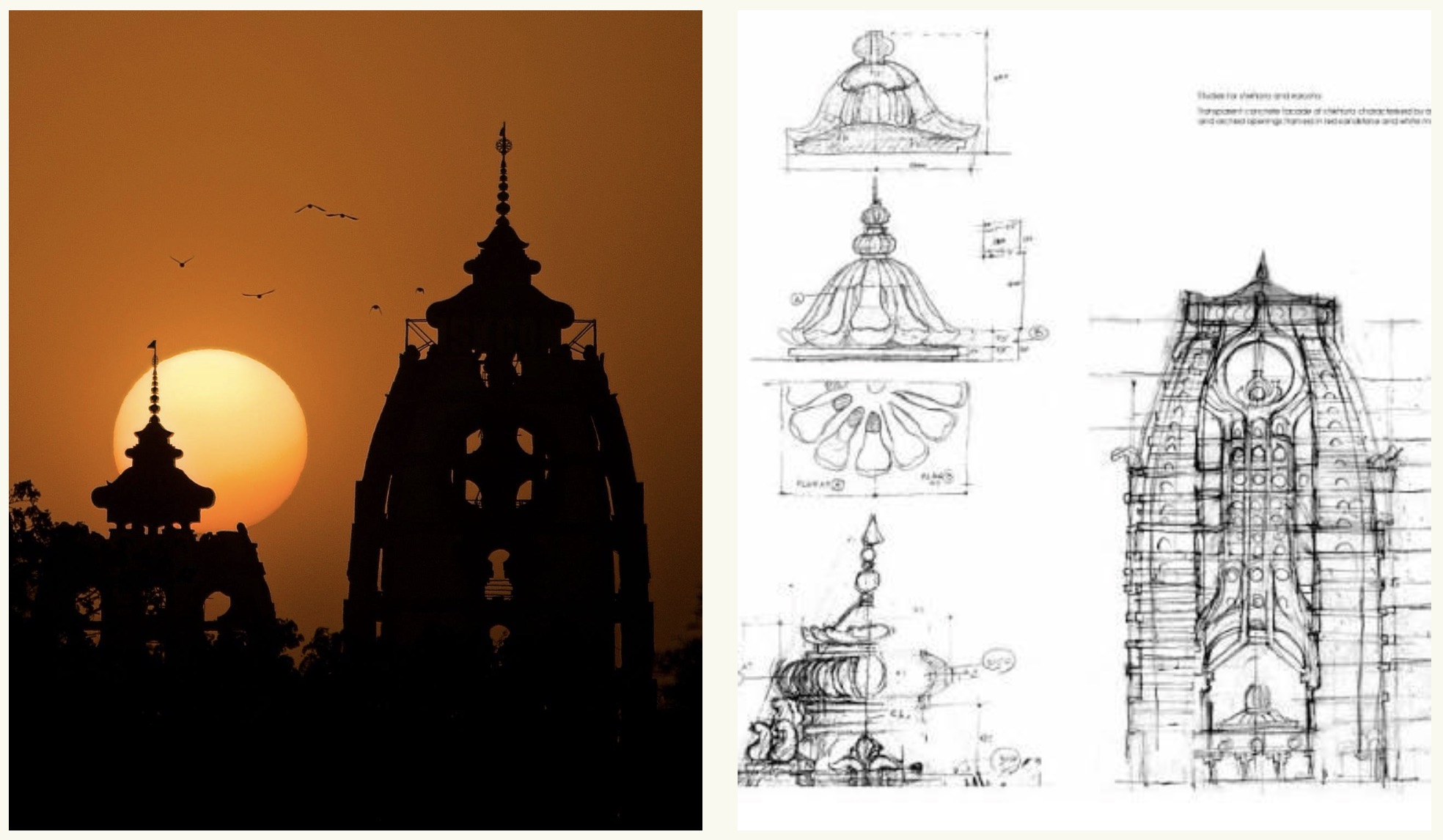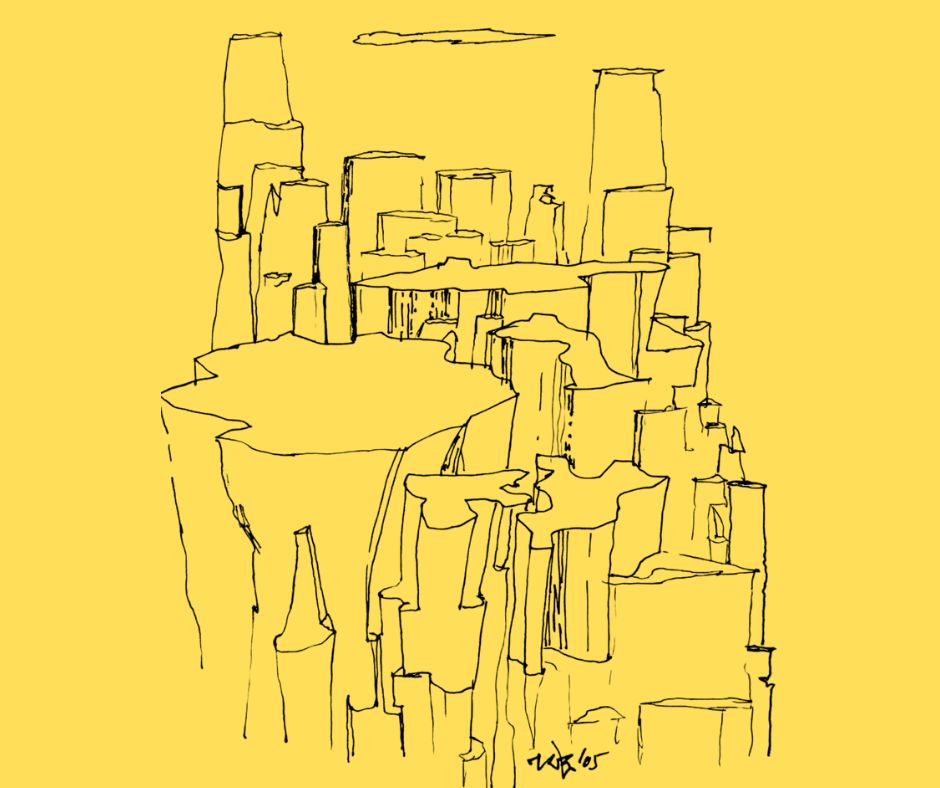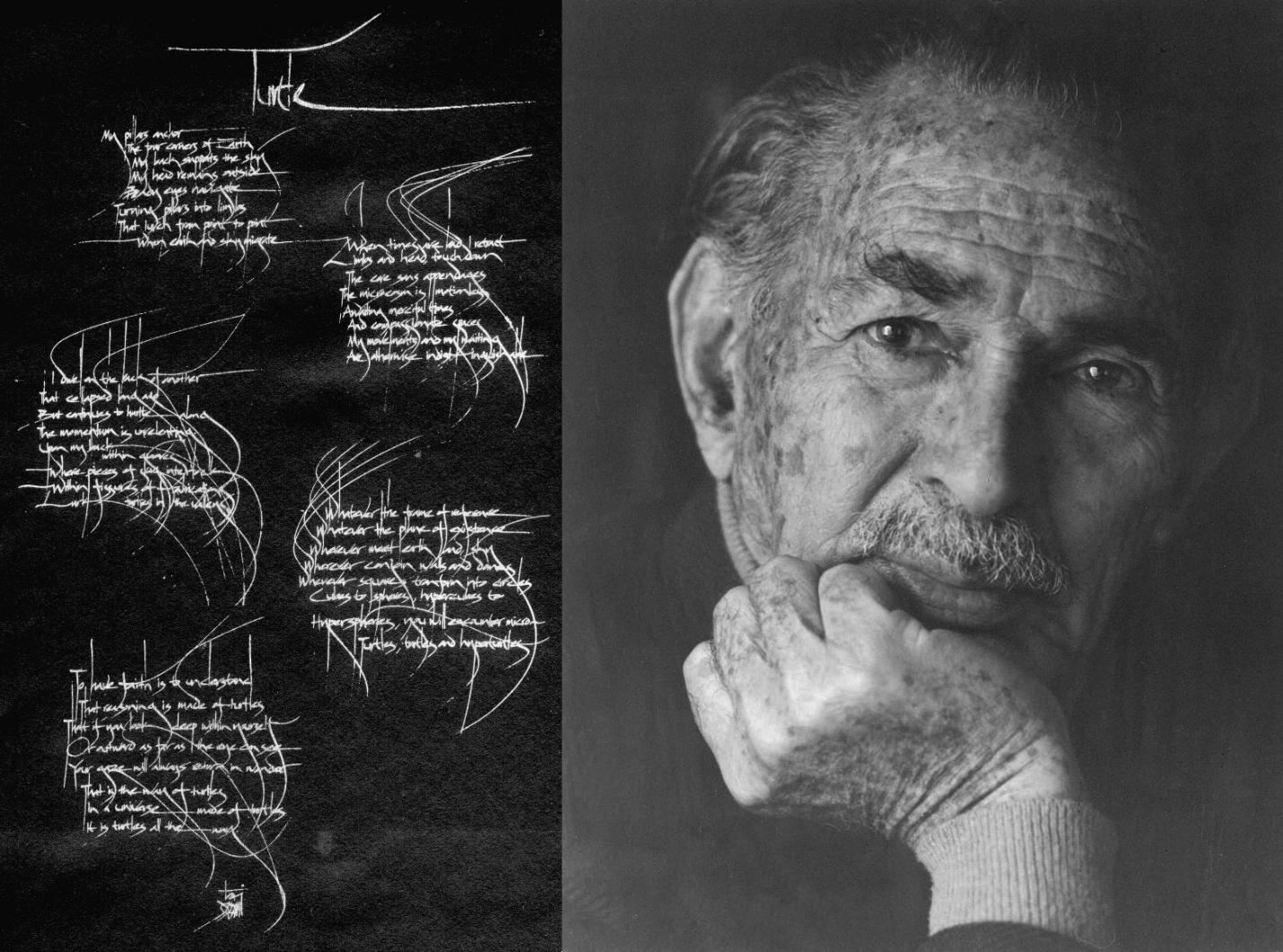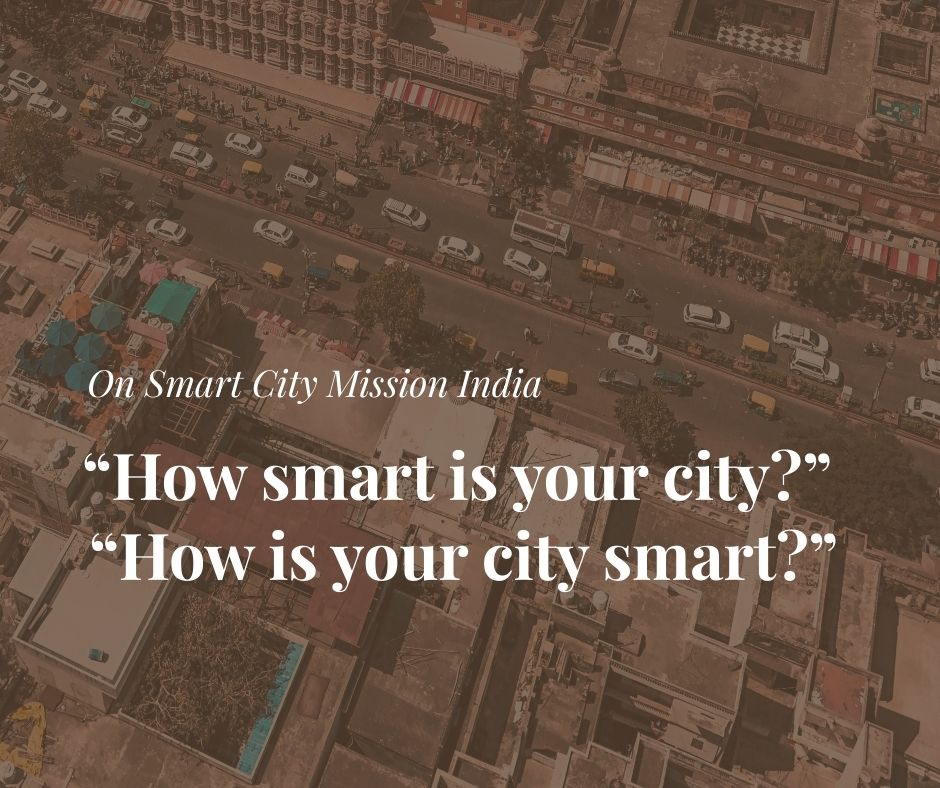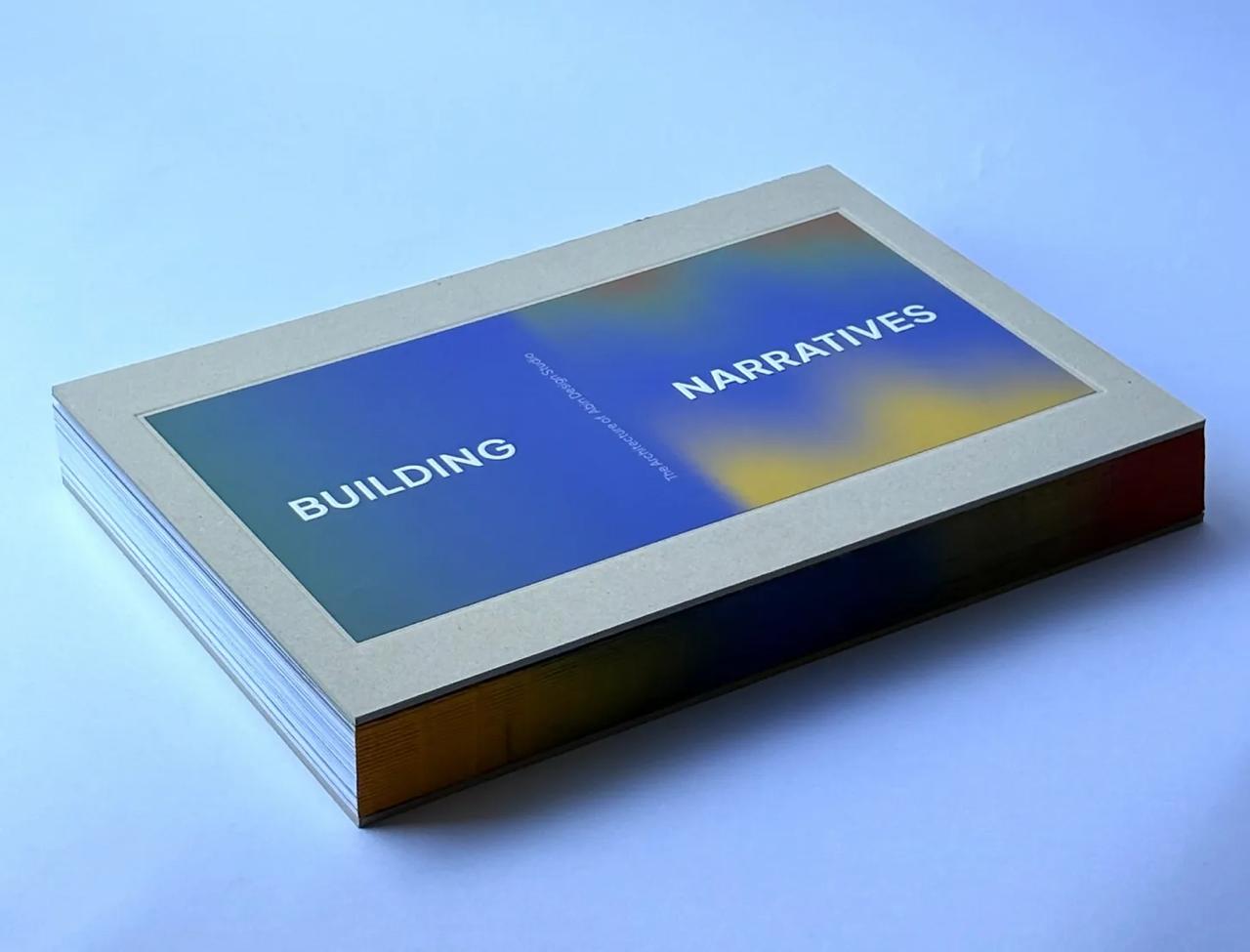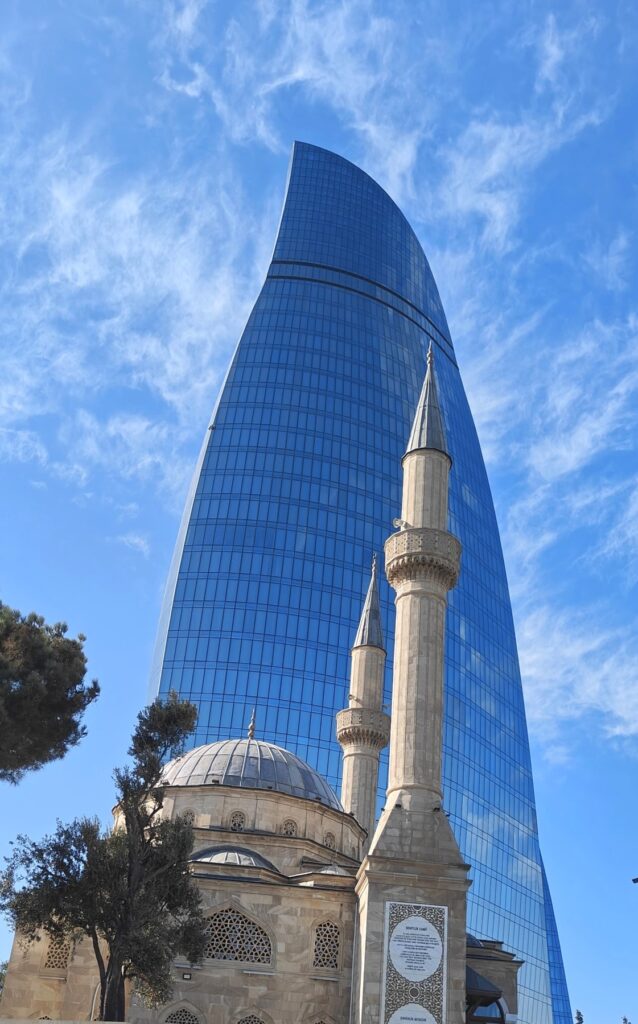
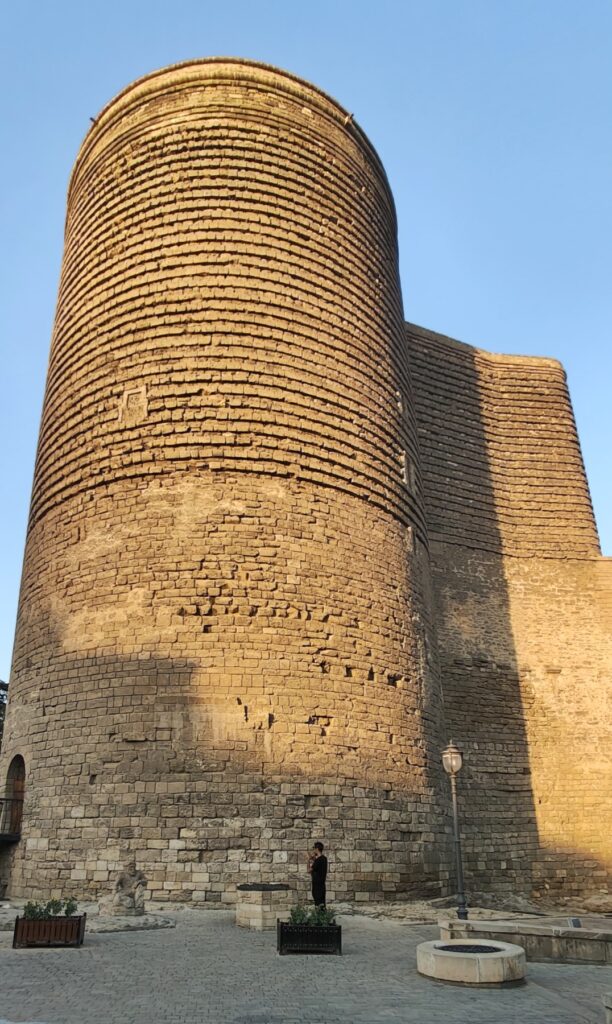
Azerbaijan can indeed provide a pleasant surprise to the visitor with the apparent progressive and stimulated growth environs as witnessed in Baku—its capital and largest city. The country which finally got carved out as an independent country as late as 1991, has a chequered history of struggles and wars with initially Iran, then the Armenians and finally Russia.
Interestingly, today, it stands apart in the region for a fine contemporary and traditional blend of culture, architecture and lifestyle. That’s the conclusion I drew after the short yet evocative trip to this land of abundant oil wells which produce almost 1/5th of the world’s oil.
The metro city of Baku with a population of roughly two and half million, is known by other names also—City of Lights and the Wind City. “You can be caught up by the strong winds year-round and at any time of the day,” so said our guide. At night, it is a panoramic sight to witness the modern skyscrapers, the classical-styled buildings, boulevards and the public spaces sensitively lit up.
The walled Old City, which is a UNESCO World Heritage Site, takes you back to the historic evolution of the Azerbaijanis’ way of life and basic beliefs in the eleventh and twelfth centuries.
Along with the other prominent ancient structures like the oldest mosque in Baku—Juma Mosque, the arcaded Bazaar Square with open paved areas, it is the dominant cylindrical shaped Maidan Tower in stone and the Palace of Shirvanshahs that stand apart. Believed to be built in the Zoroastrian style of architecture, it is the five to four meters thick buttress walls of the Maidan Tower which make it monumental. It houses an informative museum with multimedia presentations depicting the lifestyle/culture of that era thousands of years in reverse.
UNESCO describes the Palace of Shirvanshahs as “one of the pearls of Azerbaijan’s architecture.” The museum here would interest history lovers. A walk in the narrow interwoven alleys is a soulful experience while connecting to the aesthetics of the bygone days of this region. Today, the stone-paved main streets of the Old City have inviting Azerbaijani food outlets and souvenir/craft shops.
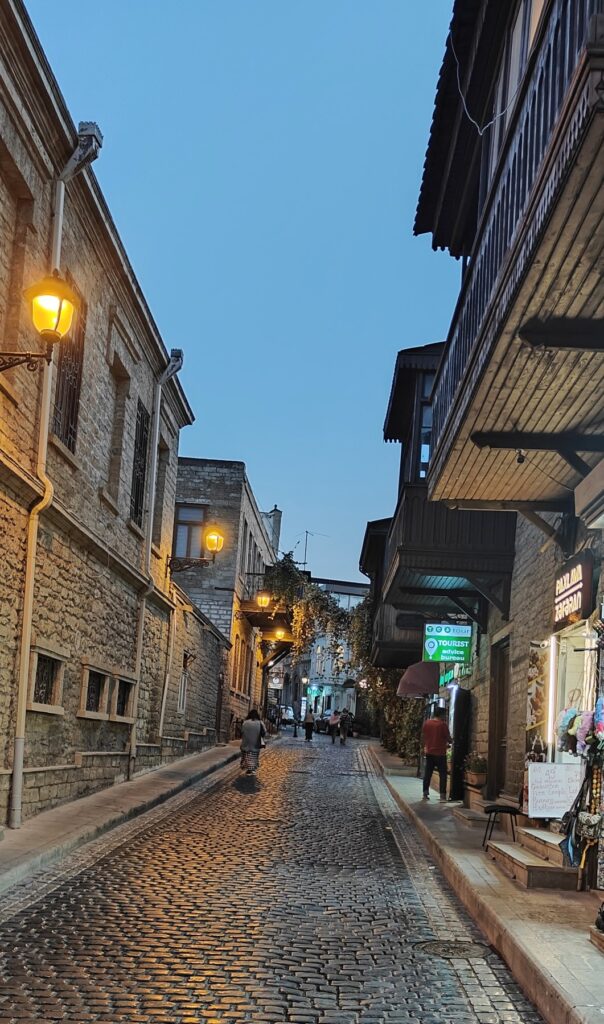
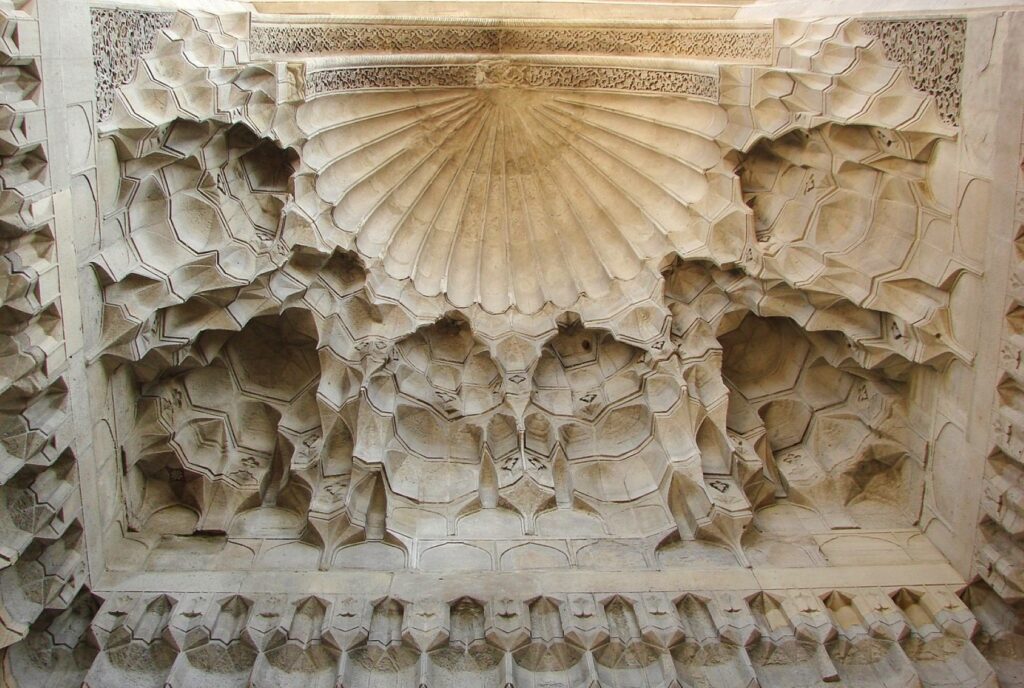
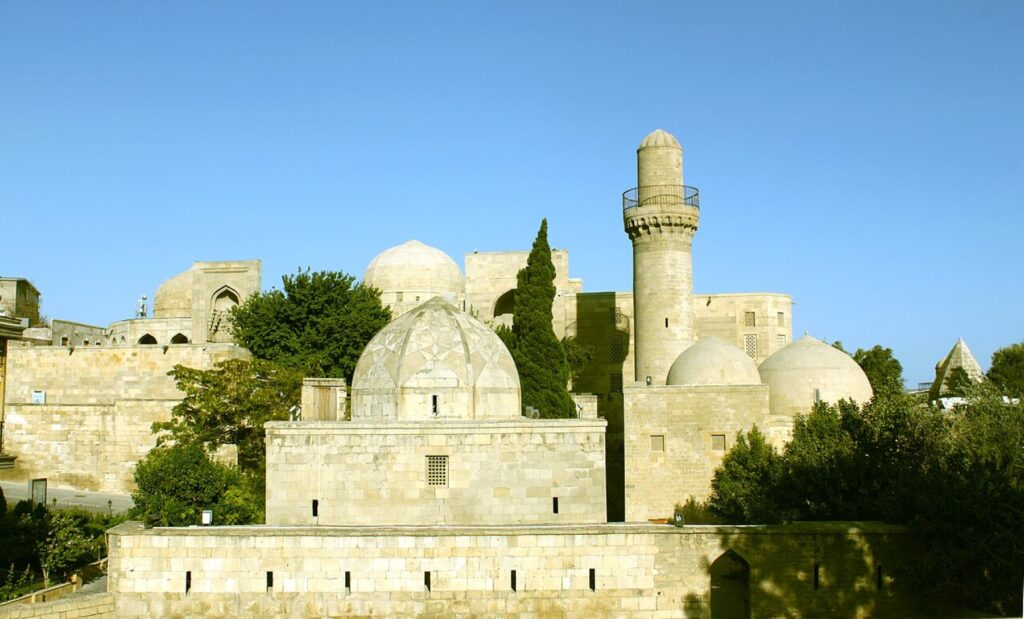
With a coastline along the calming waters of the Caspian Sea, the city and the country apparently saw a huge surge of development after independence, with strong urges from the rulers to project Azerbaijan on the global map as a developed and liberal country. Apparently, it was during this phase at the end of the twentieth century, that modern architecture by international architects made a mark in Baku’s skyline.
Strategically located on a gentle hilltop, the Flame Towers (HOK International Architects)—a complex of three skyscrapers catering to residential apartments, hotel, and office spaces respectively—make a bold modern statement. The façades completely covered by LED screens come alive at night like dancing flames. ‘Land of Fire’ as this region is often called, conceptually gets reflected in the skyscraper form. The GMP Architekten designed Crystal Hall—an indoor arena and concert hall along the Caspian shoreline in the Baku horizon—no doubt would interest the architecture explorer. At night, the dynamic LED-lit façades add to the city’s glitz and glamour.

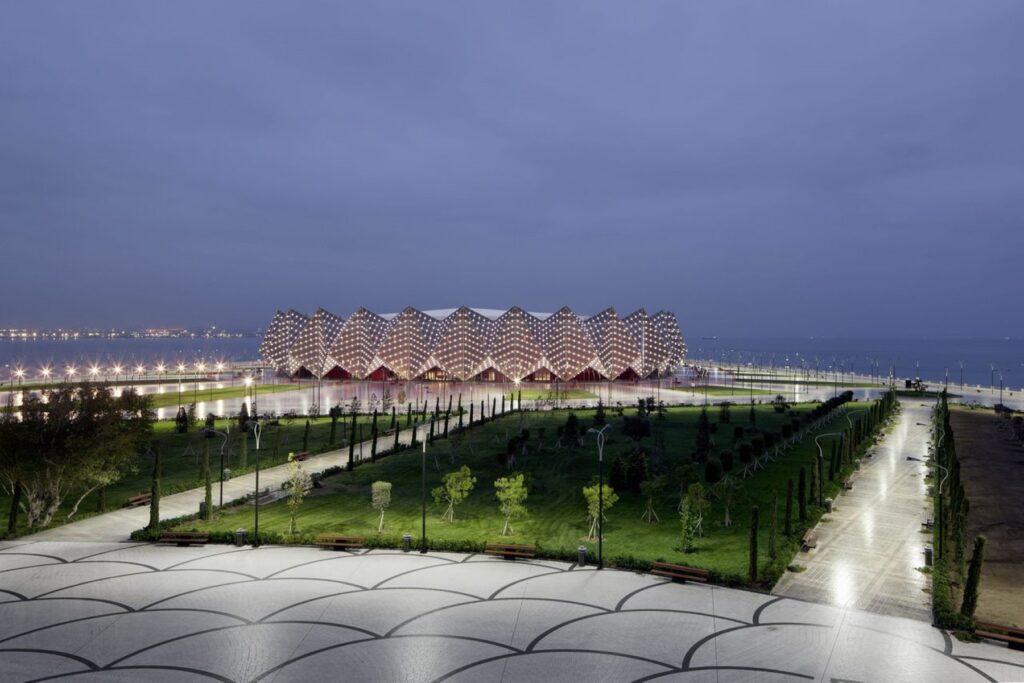
Another project which catches the eyeballs in the city is the Heydar Aliyev Centre designed by the often referred to as the ‘Queen of Curves’ architect Zaha Hadid. The all-white, all-curvaceous form with no straight lines and no corners built in glass fibred reinforced concrete, is well set amidst elevated vast stepped greens and piazzas with abstract sculptures. This Centre has a spatially free-flowing museum, auditorium, exhibition halls, and other such cultural facilities. The present focus of high-magnitude modern development in the city seems to be commonly referred to as the Crescent Bay skyscraper complex of office, residential, retail and entertainment mega structures.
My architect friend described it as “futuristic with the government wanting to prove that Azerbaijan has arrived on the architecture and urban design global stage.”
He further stated, “With the increased zeal to make up for the lost time and break away from the monumental Russian architecture, there are many contemporary glass-clad skyscrapers that have come up in the city. South Korea-headquartered Heerim Architects and Planners have contributed significantly to this frenzy with projects such as the Baku Terrace Residential Complex, the Headquarters of the Central Bank of the Republic of Azerbaijan, Azerbaijan Culture Complex, etc. Architects Arup were instrumental in the design of the new terminal for the city.”
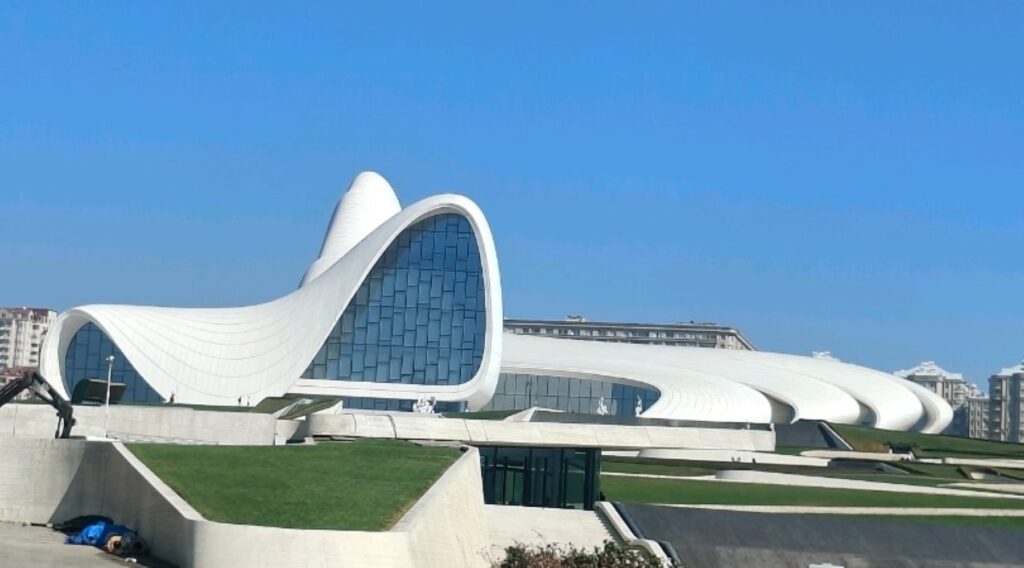
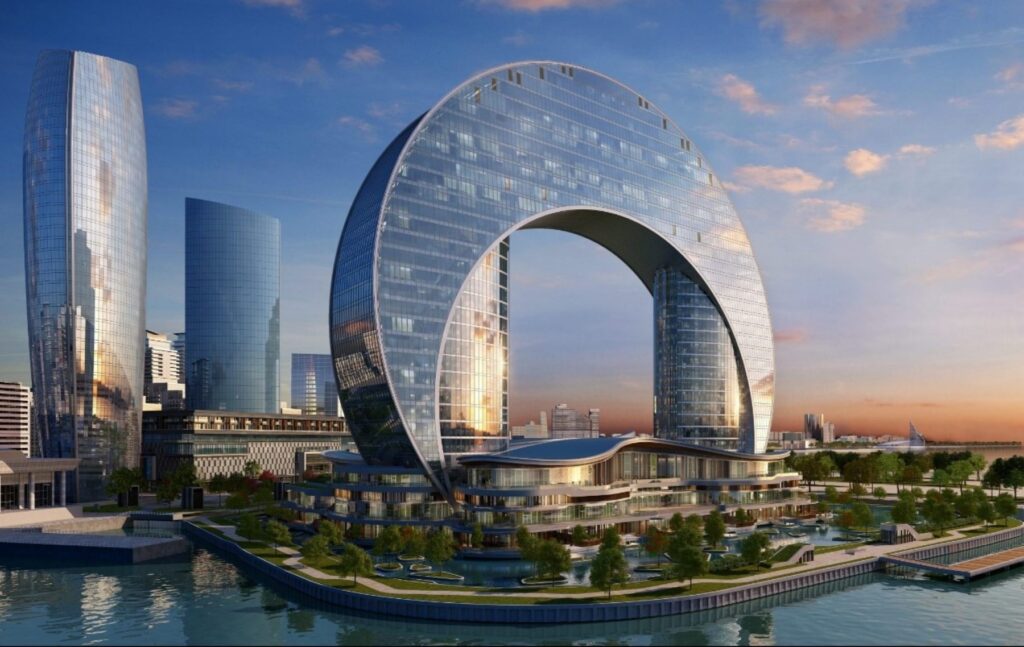
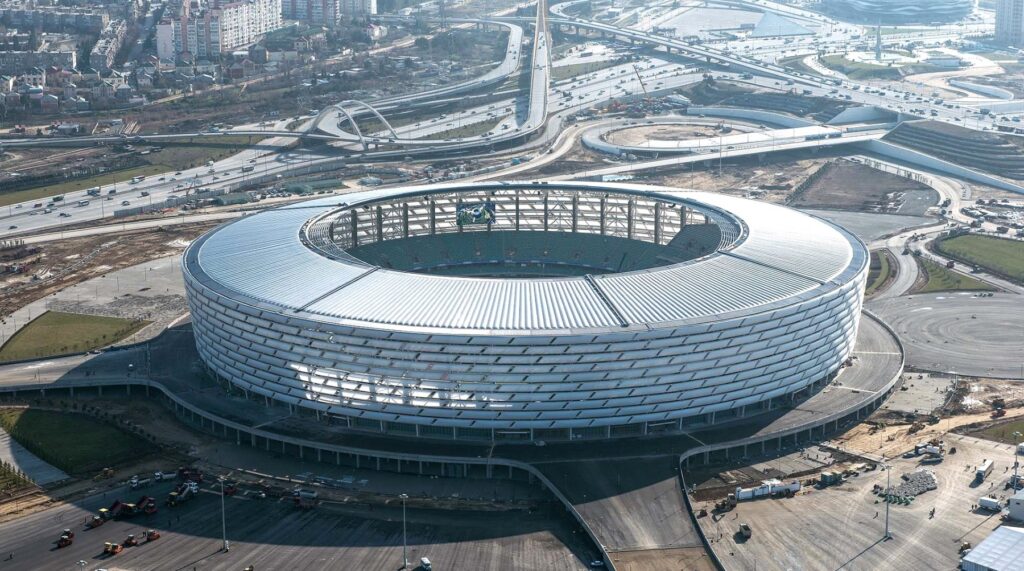
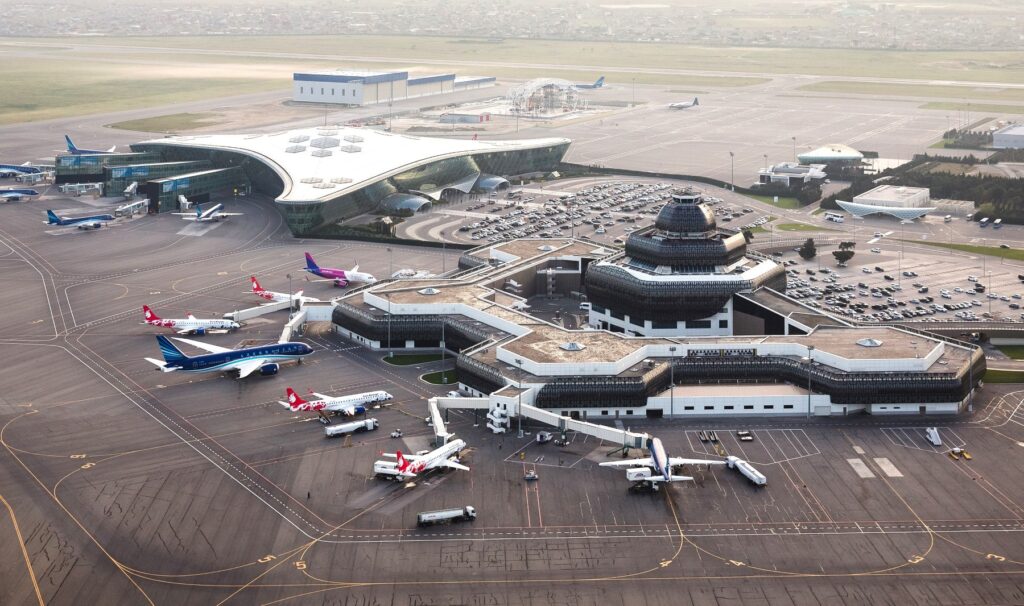
A drive across the fast-paced city traffic no doubt authenticates that umpteen open and well-landscaped public spaces are very much a part of the design fabric to counter rapid urbanization. Artwork, statues, water bodies, and seating are well curated in the street furniture of these spaces. Authentication is provided by the pleasant walking experience across the pedestrian-friendly retail and entertainment downtown Nizami Street abuzz with cultural activity fed through an interwoven network of connecting alleys. Tourists would find a peaceful escape with a gondola ride in the Little Venice—a miniature imitation of Venice’s canals on the Baku Boulevard. So would they be intrigued about the earth’s underground ecosystem with a visit to YanarDag where you have over a hillside, a natural gas fire blazing non-stop over centuries?
Azerbaijan is said to have the maximum number of Mud Volcanoes found in any country. Spread around Baku, this unique natural phenomenon of the erupting and bubbling mud has inspired many architects, poets and artists in this region. And yes, a visit to the Gobustan State Historical and Cultural Reserve (under the UNESCO Heritage listing) is equally invigorating. The rock art here represents the lifestyles and culture of the pre-historic and medieval periods dating back five to twenty thousand years.
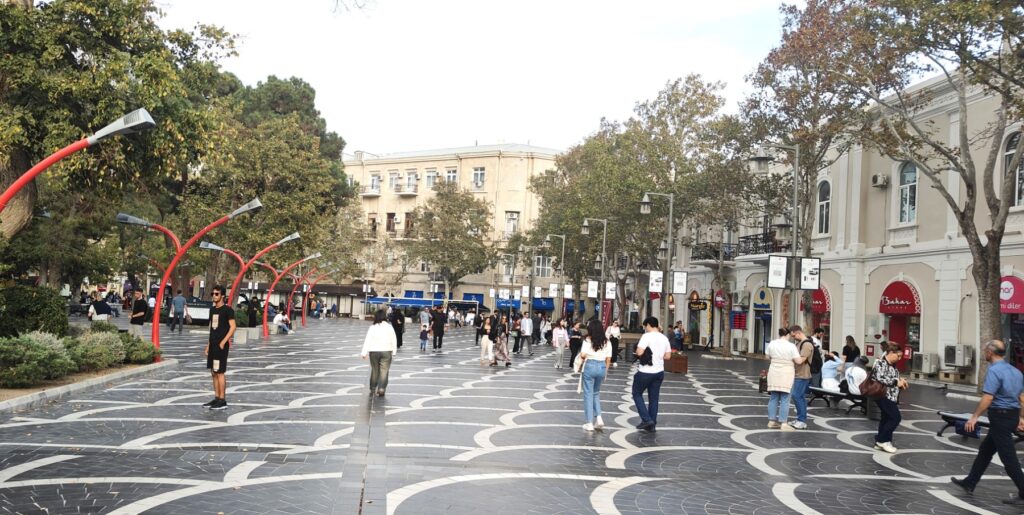


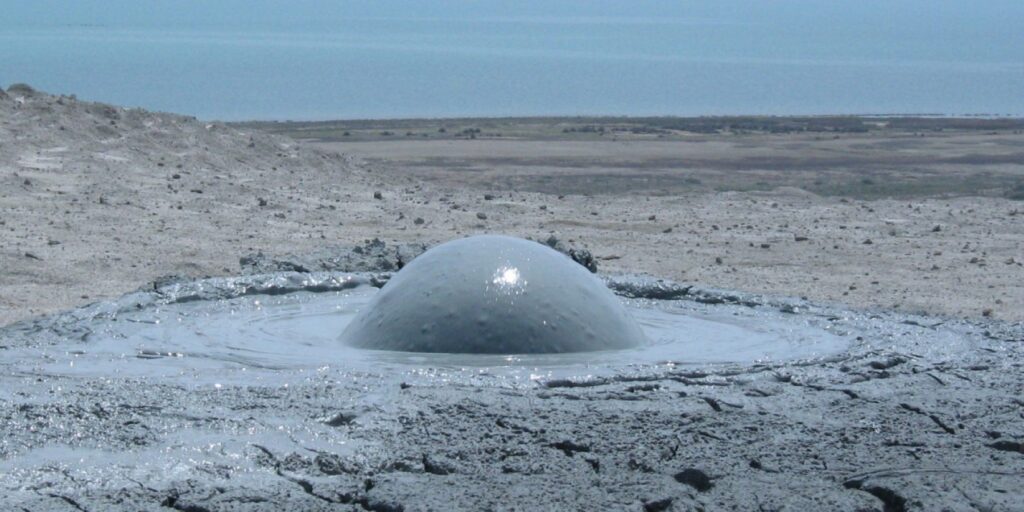
The Republic of Azerbaijan with the President as the key figure, is strategically located on the boundary of Eastern Europe and West Asia. No wonder it portrays in culture and architecture a distinctive amalgamation of Western influences to the inherent Muslim base which lives in comparative harmony between its different sects.
Prior to my visit, Google helped me understand its location as being part of the South Caucasus with Russia, Turkey, Iran, Armenia and Georgia as its immediate neighbours. The Turkish influence appears to be the more dominant in everyday life, customs and design/craft. This country of approximately ten-plus million, with a developmental focus on the capital Baku, has other cities such as Ganja (third largest), Seki (oldest city), Quba, and Nakhchevan. The common thread between them is their historic architecture, landscapes and cultural heritage.
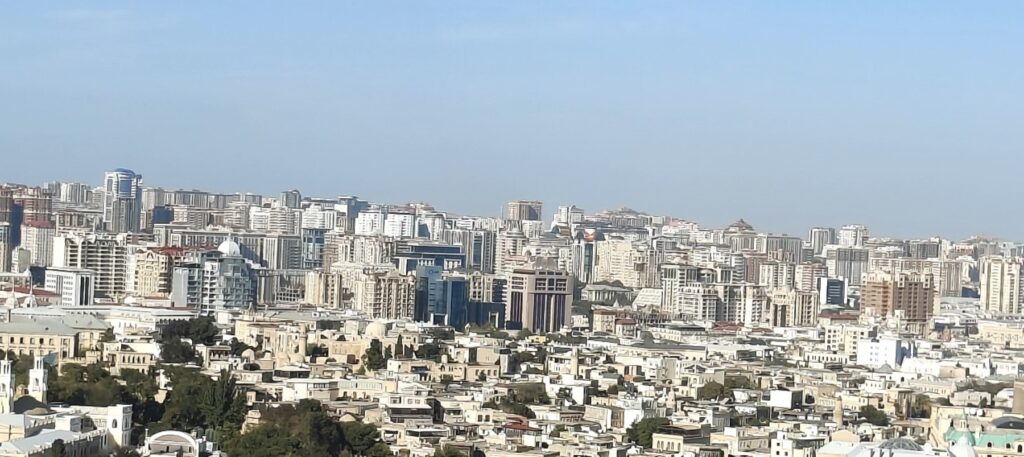

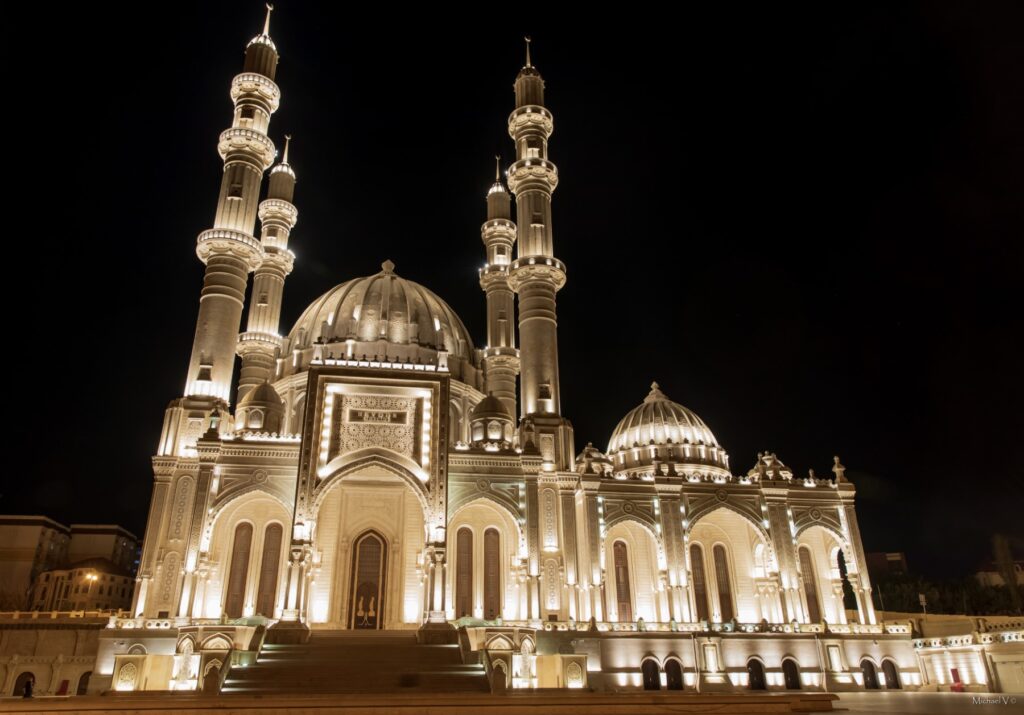
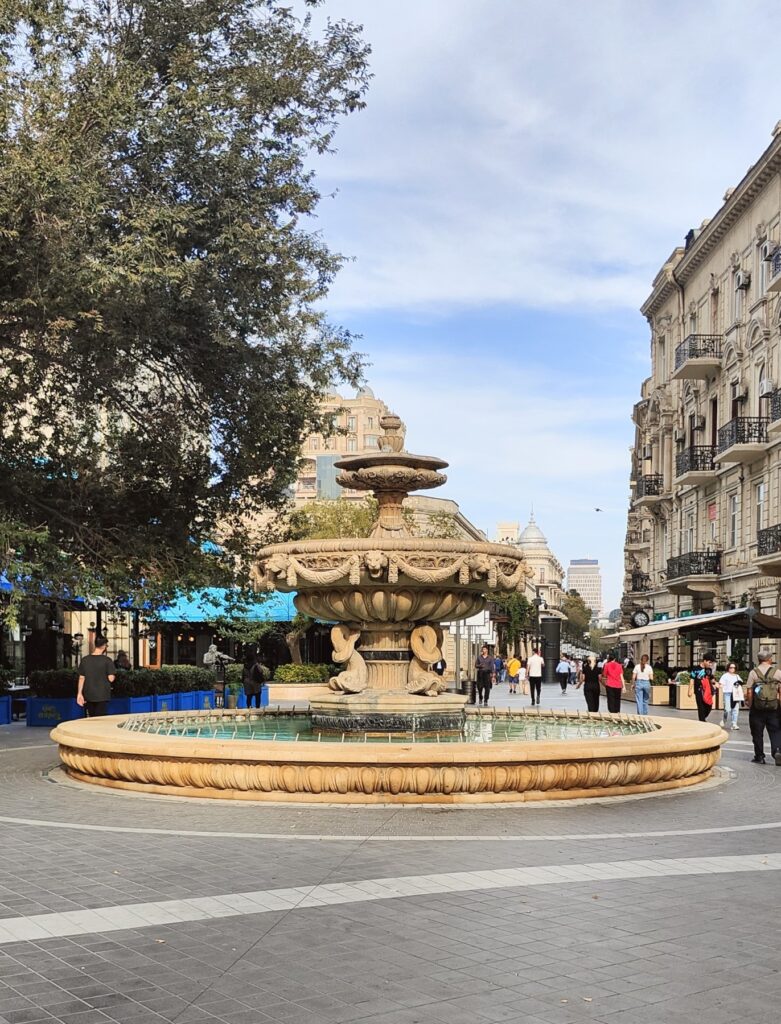
During conversations, I noticed that the Azerbaijani talked proudly of his heritage and aspired for an enhanced development future. Yes, I was surprised to observe that in this world order of unrest, this is one of the few countries where you would get the impression that the common man is genuinely satisfied with the government.
Right from the days of the ancient silk route of which Azerbaijan was an important component and even today, hand-crafted copperware, silk products, brass artefacts, and of course creatively patterned carpets are still a speciality. In fact, there is an entire museum in Baku, dedicated to the carpet industry-evolution in the country.
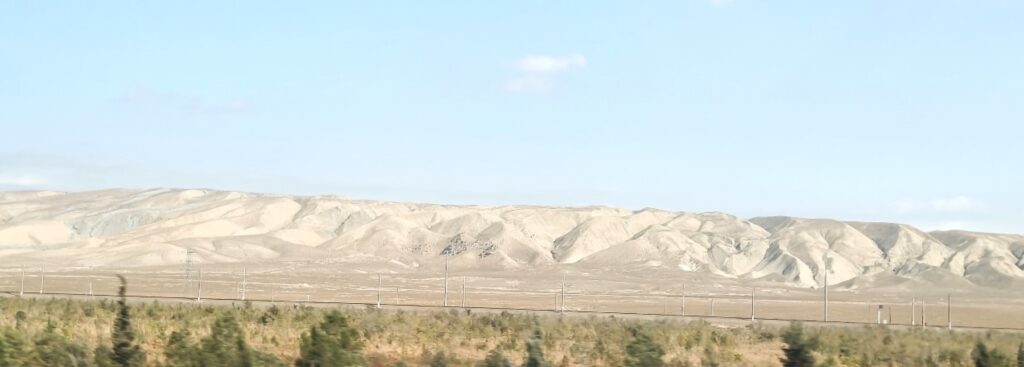
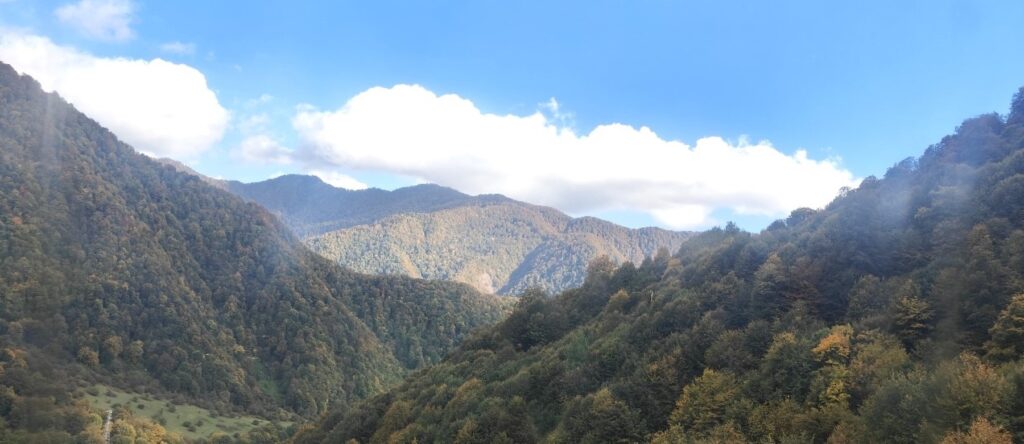
A country of diverse terrains, flora and fauna, poets and writers, emboldened women, tolerant and warm society coupled with its exotic heritage and culture, no doubt is a cherishable experience for the visitor and leaves behind in him or her lasting and fond memories.
Author/architect Suneet Paul, based in Delhi and the former editor-in-chief of Architecture+Design, has to his credit a wide spectrum of writings and books.

